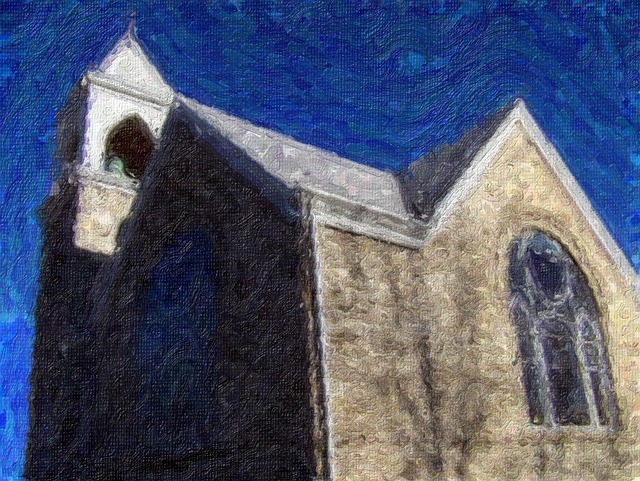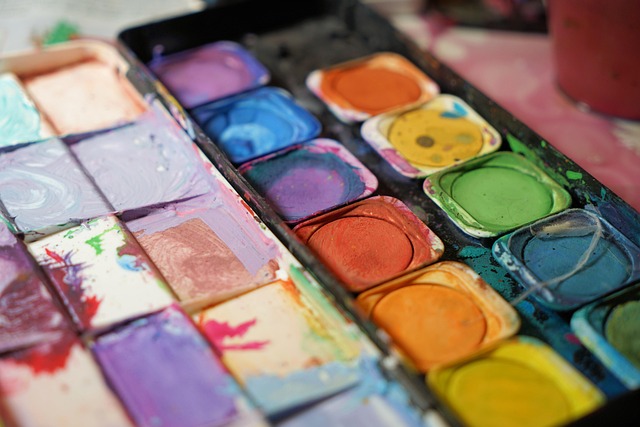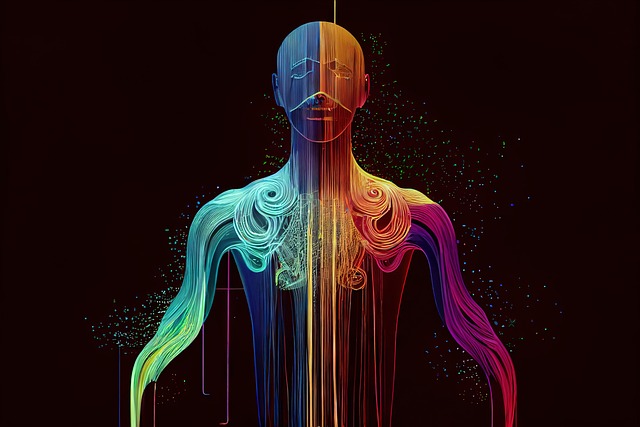Exploring the Beauty of Impressionist Art: A Fusion of Art and Design
Impressionist art has long captivated audiences with its vibrant colors, dynamic brush strokes, and a palpable sense of movement. Originating in the late 19th century, this revolutionary art movement broke free from traditional techniques and subject matters, inviting a fresh perspective that resonates with both art enthusiasts and casual observers alike. But what is it that makes impressionist art so enchanting? It’s the emotional connection it inspires, transcending mere aesthetics and establishing a dialogue between the viewer and the canvas.
At its core, impressionism is about capturing a fleeting moment in time, much like a designer seeks to create spaces filled with life and energy. The emphasis on light and atmosphere in impressionist paintings mirrors the principles of contemporary design. For instance, consider how a room’s lighting can transform its mood, creating ambiance much like the soft dappled sunlight in a Monet painting. This synergy between art and design is profound; both fields strive to evoke feelings, provoke thought, and inspire creativity.
Think about the vibrant palettes used by artists like Claude Monet and Pierre-Auguste Renoir. Their colors are not just visually appealing; they evoke a sense of place, memory, and emotion. A shimmering landscape or a sunlit garden becomes more than a subject; it reflects the artist’s perception and invites viewers into their sensory experiences. Similarly, in the world of design, choosing the right color scheme or texture can profoundly alter the atmosphere of a space. Designers often draw from the same principles that underlie impressionist art, using color to convey mood and aesthetics.
Incorporating impressionist ideals into graphic design offers an exciting avenue for creativity. Whether through floral illustrations reminiscent of Monet or dynamic compositions that capture movement, graphic designers can harness these techniques to engage their audience. The loosely applied brush strokes of impressionism can inspire a more fluid design approach, allowing for experimentation with form and layout. By infusing elements of impressionist art into modern design, artists can create pieces that not only serve a purpose but also resonate on a deeper emotional level.
Moreover, impressionism encourages embracing imperfection and spontaneity. This philosophy can be particularly liberating in the realm of design, where there is often pressure for precision and conformity. An impressionist-influenced design might feature organic shapes and fluid lines, embracing the chaotic beauty of life rather than adhering strictly to rules. This reflects a growing trend towards more personalized, expressive styles in graphic design, where the journey of creation is as valuable as the finished product.
As we continue to explore the intersections between impressionist art and design, it is essential to recognize the emotional undercurrents that both fields offer. They invite us to see the world differently, to appreciate the nuances of color and form, and to connect with our surroundings on a more visceral level. In doing so, we can cultivate a deeper appreciation for not just the art we consume, but the spaces we inhabit and the designs that fill our lives. Let the spirit of impressionism inspire your next creative venture, allowing art and design to meld seamlessly into a beautiful fusion of expression.




